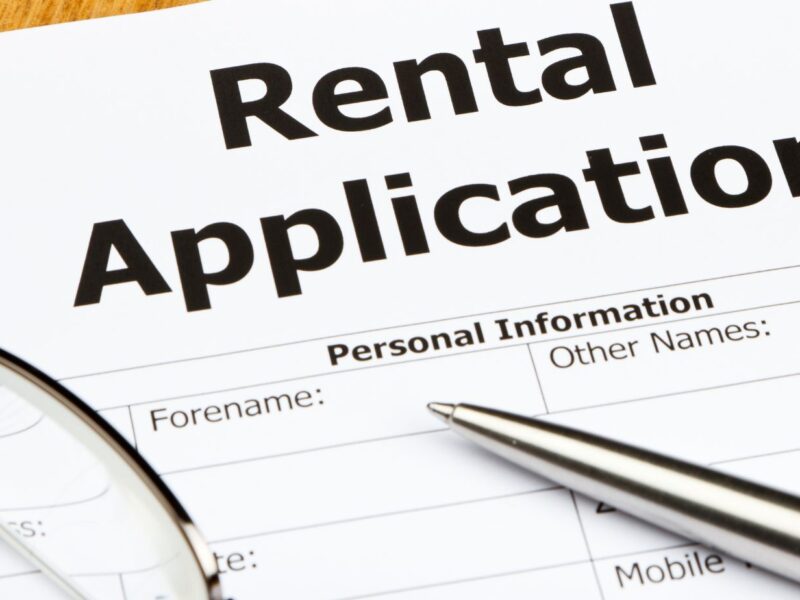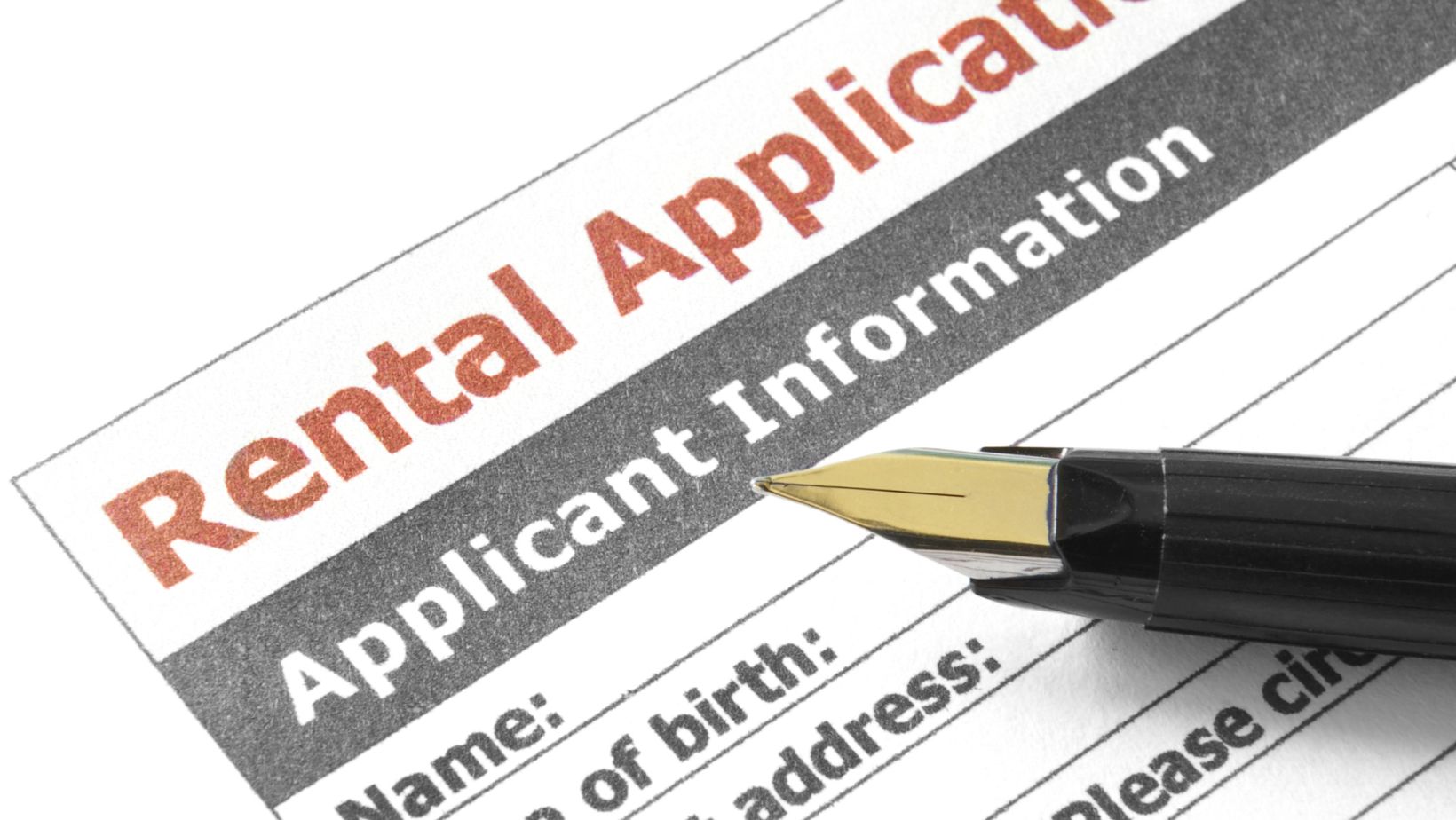Renting out property sounds simple—until you’re stuck chasing down rent, fixing damage, or dealing with an eviction. The truth is, a bad tenant can cost far more than a few weeks of vacancy. That’s why the rental application is one of the most important filters landlords have. But not all red flags wave themselves in your face. Some are subtle. Others are hidden under carefully crafted lies. So, what should you be watching for?
Let’s break down the top warning signs that every landlord should spot before signing that lease.
1. Inconsistent or Suspicious Income Details
If an applicant can’t show stable, verifiable income, that’s a problem. But even more concerning? When the income they list seems too high (or low) for the job title, or their documents don’t match up.
What to look for:
- Pay stubs that look photoshopped or use odd fonts
- Bank statements that don’t align with claimed income
- Employers who can’t be reached or have sketchy websites
According to Buildium, 80% of property managers have caught applicants misrepresenting themselves, and 84% have seen falsified documentation. That’s not just a few bad apples—that’s a trend.
Pro tip: Always call employers directly and use trusted verification tools to validate income sources.
2. Credit Score Red Flags
A low credit score isn’t an automatic disqualifier, but it is a big signal. Especially if it’s below 600.
Legal Templates points out that low scores often come hand-in-hand with bankruptcies, collection notices, or late payments.
Red flags to watch:
- Score below 600
- Recent bankruptcies
- More than one collection notice
If the applicant has no credit history at all? That could mean they’re hiding something or new to the country. Either way, ask questions.
3. Gaps or Errors in the Application
A thorough applicant should be able to fill out a rental application without glaring omissions. But sometimes you’ll see missing landlord contacts, incomplete employment history, or fake references.
These errors may not be innocent. They might be attempts to cover up evictions, short job stints, or even identity fraud.
Buildium highlights that falsified references are one of the most common tactics renters use to get approved.
Ask yourself:
- Does the timeline of employment and housing make sense?
- Do the phone numbers provided lead to legitimate businesses?
- Are references offering vague or overly glowing feedback?
4. Prior Evictions or Legal Issues
No one wants to rent to someone with a history of getting evicted. But sometimes applicants will try to bury those past issues.
The CFPB found that 22% of eviction court records contain ambiguous or inaccurate data, so it’s important to dig deep and verify everything.
Red flag tip:
- Don’t just trust screening reports—check court records directly if you suspect something’s off.
- Ask specific questions about past housing history and look for gaps.
5. Too Many Moves or Frequent Job Changes
Moving often can mean instability. And frequent job hopping might suggest unreliable income.
According to MySmartMove, these patterns could indicate a tenant who might not finish a lease term or keep up with rent.
Patterns to be cautious of:
- Multiple short-term residences over the past 2-3 years
- A new job every few months
While some careers involve frequent relocation, be sure there’s a legitimate explanation.
6. Rushing the Process
Is the applicant pushing to move in tomorrow? That’s not enthusiasm—it might be desperation.
An applicant in a hurry could be trying to avoid a proper background check or escaping another landlord.
MySmartMove flags this as a subtle but serious red flag. Take your time and stick to your process. Pressure to skip steps is your cue to dig deeper.
7. Criminal History
This is always a sensitive area, but certain convictions—especially those involving property damage or violence—may indicate risk.
BPMG recommends being cautious but fair. Your screening policy should be consistent and comply with Fair Housing laws.
Examples of offenses to watch for:
- Theft or vandalism
- Assault or domestic violence
- Drug distribution or related activity
You can decide where to draw the line, but always apply your criteria uniformly.
8. Lack of Rental Payment History
It might surprise you to learn that only 1.7% to 2.3% of renters have their payment history reflected in credit reports, according to the CFPB.
That means a clean credit report doesn’t necessarily mean they’ve paid rent on time. That info just isn’t widely reported.
Instead:
- Ask for rent receipts or bank statements showing monthly payments
- Contact previous landlords directly
This gives you a clearer picture of their reliability.
9. Application Fee Concerns
Roughly 68% of renters pay an application fee during the process, per the CFPB. Make sure your fee covers legitimate background checks—and let tenants know what they’re paying for.
If an applicant pushes back on the fee or refuses to pay, it might suggest they’re not serious or hiding something.
10. Tools to Combat Rental Fraud
Red flags are only useful if you know how to catch them. That’s where technology helps. Today’s landlords can access rental fraud prevention tools that detect document tampering, identity mismatches, and more.
These tools are especially useful when dealing with digital applications or remote screenings.
Bonus Tip: Combine automated tools with manual checks for a balanced approach.
Conclusion
Bad tenants don’t show up with flashing warning lights. They come with polished applications, friendly voices, and sometimes forged documents. But if you know what to look for—like inconsistencies in income, fake references, or urgent move-in requests—you can avoid costly mistakes.
Use a thorough screening process. Trust your gut. And rely on smart rental fraud prevention tools to help you catch what the eye might miss.
Because protecting your property starts with one thing: picking the right person to live there.












